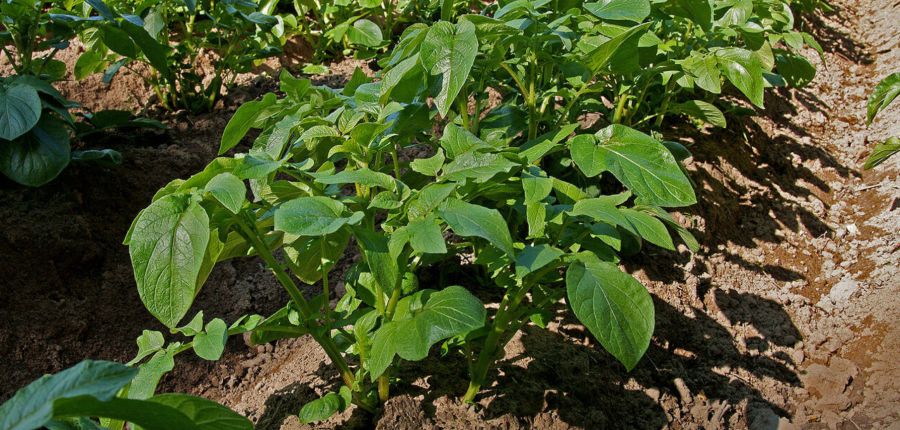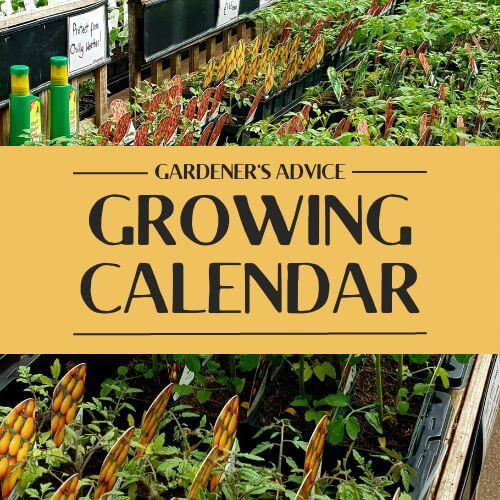Things to do to get a good crop of Potatoes
Posted By: rocket veg Category: Plant Care, Seasonal AdviceBy now, the seed potatoes which you so lovingly planted several weeks ago, deep in the cold March soil, have poked their heads above ground. The sprightly green foliage is a sign that all is well and the plants are busy developing tubers (the spuds which will eventually be harvested). This first foliage is a reminder of some simple actions which need taking over the coming weeks…
‘Earthing up’
One of those curious gardening terms which, on reflection, is the perfect description for what needs doing: drawing a shallow covering of soil over the potato foliage. This can be achieved in a number of ways. I use a long handled draw hoe, but a flat rake works serves just as well, and work my way along each line of potatoes, drawing (or raking) soil from the other side of the row towards me – up over the foliage until it is covered. I then work my way along each row from the other side, drawing a bit more soil up. By doing this, you create a neat, narrow, flat-topped bank of soil over each row of potatoes. Once done, I walk backwards along the valley between each row, hoeing as I go so that all weeds are removed and the soil loosened and receptive to rainfall (and Boy! – we certainly need some!)
Container-grown potatoes can be earthed up by simply adding another layer of compost to bury the foliage when it shows. As soon as the foliage has reached the top of the container, it’s time to stop and then wait for your precious crop of spuds to develop in the dark.
Earthing up is one of those satisfying jobs – methodical, repetitive. As well as encouraging each plant to develop a long stem from which more tubers will grow, it ensures that the tubers remain buried. If a growing potato is exposed to light, it turns green and is then poisonous if eaten.
Frost
Potato foliage is very susceptible to damage from frost and if ‘nipped’, will turn brown and shrivel up, the tubers suffering in turn. I watch the weather forecast like a hawk and if a low night time temperature is threatened, I check that my potatoes are well covered with earth or fleece. A line of blackened, wilting potato foliage is a sobering sight, so all you spud growers - take note.
Blight
Blight is an air-borne disease which affects potatoes and tomato plants and is especially prevalent during long spells of warm, wet weather which encourages the blight spores to multiply and spread. The leaves of plants affected by blight have brown blotches on the underneath of their leaves – very similar in appearance to natural die-back. If in doubt, search the internet for images. There are no remedies for blight once it takes a hold. In the past, I have tried removing the affected foliage in the hope of stopping the disease affecting the tubers and rendering the crop useless, but once the leaves are removed, the potato plants stops growing the tubers won’t develop any further. I’m therefore hoping for a warm, dry summer to keep blight at bay.







